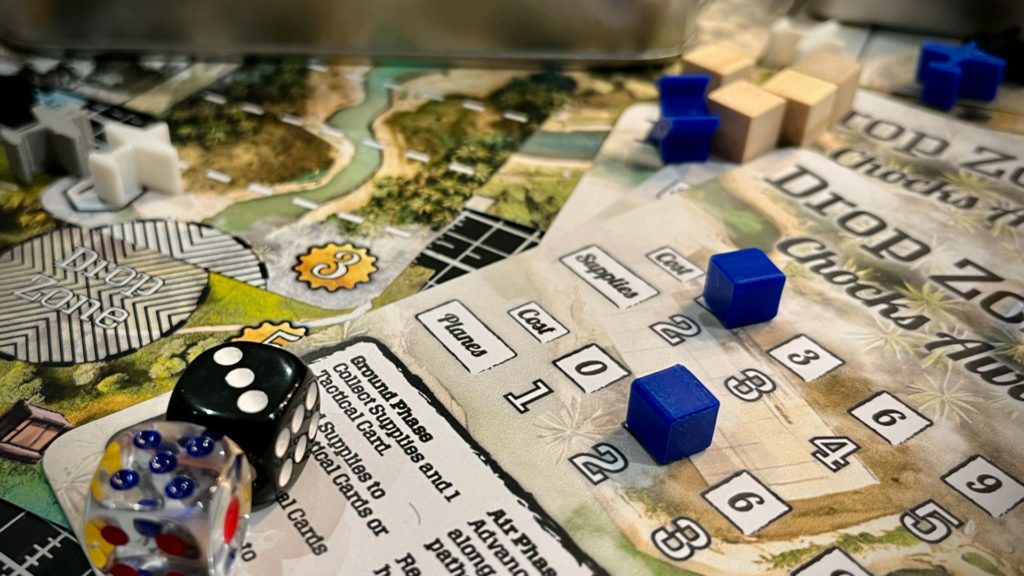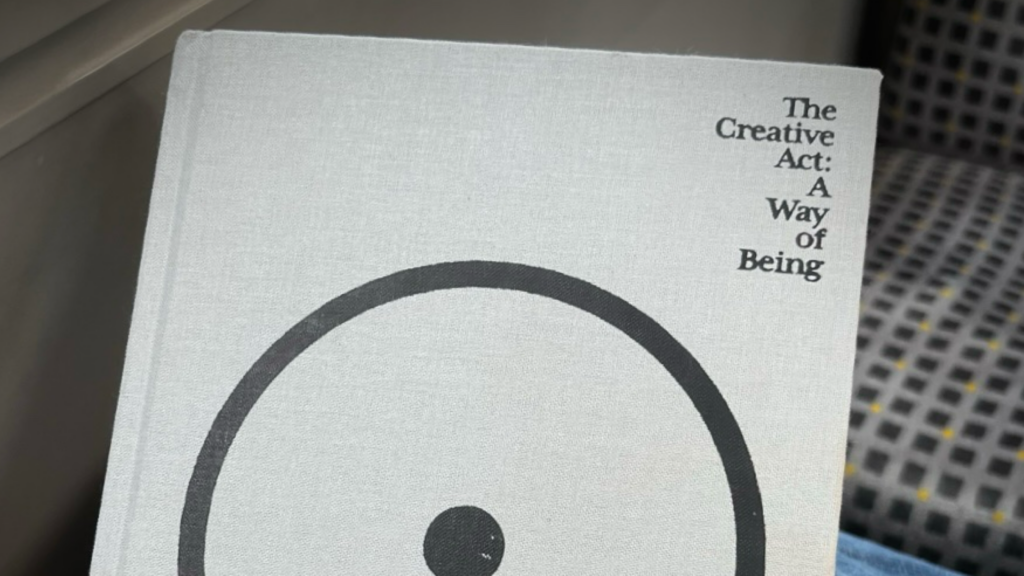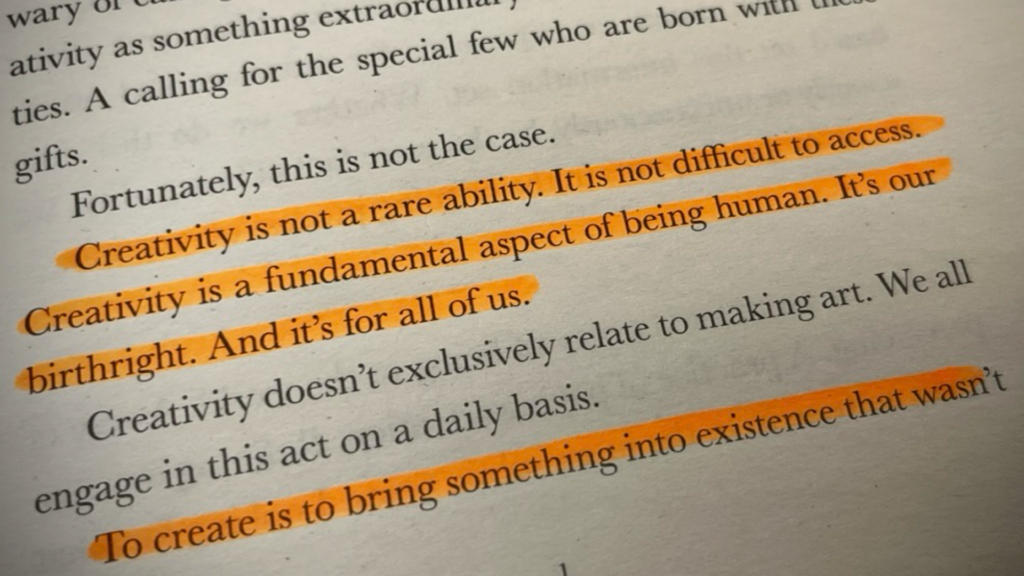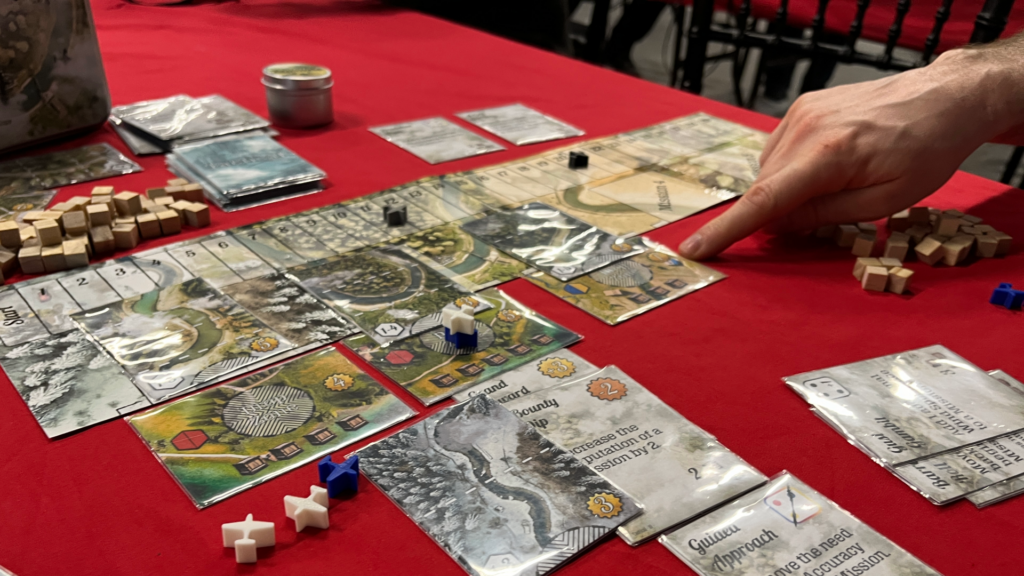
Ever wondered how the sparks of creativity for new board games ignite in a designer’s mind? Well, I might not have all the answers, but my journey from working with kids on summer camps to designing board games has meant I’ve been thinking about ideas for some time so I’d like to share my thoughts.
My years spent at summer camps across the UK might seem disconnected from the world of board games at first glance. Yet, these experiences have been instrumental in evoking my understanding of creativity and ability to ideate in a space brimming with playful energy. The variety of games and activities we devised for campers often required out-of-the-box thinking. This ranged from active outdoor games to more cerebral, tabletop-inspired activities for evening events.
This practice of inventing and experimenting in such a supportive environment taught me the importance of feeling safe to explore and throw together new ideas. But where do these ideas come from?

Rick Rubin’s “The Creative Act” suggests a universal creative flow, an intriguing concept, though not one I entirely ascribe to. But his ideas resonate with me, it’s all about being open and letting ideas in. He believes firmly that we’re all creative at heart.

For me, creativity in game design springs from engaging with a diverse range of inspirations – be it games, literature, TV shows, or everyday conversations – and allowing these experiences to meld together in my mind.
A prime example of this is the inception of Drop Zone: Chocks Away. This game germinated from the mechanics of two completely different games I played within the same week back in September 2023. One was an aviation-themed game (Hit the Silk) and the other, a space exploration deck builder (Moonrakers). What linked them in my subconscious was the element of flight, leading to a moment one morning where ideas for a new game began to take shape.
The development process evolved significantly from the initial spark. It became clear that some mechanics from the inspiration games wouldn\’t translate well into my new concept, requiring fresh creativity and adaptation. This iterative process underscored the need to be open to reconfiguring ideas and also the importance of testing these ideas with others.

I’ve come to view game design as assembling a jigsaw puzzle, where the pieces represent themes, mechanics, player dynamics, and other game elements. It’s about being open to collecting these pieces from everywhere, allowing them the space to connect, disconnect, and finally fit to form a coherent picture that can be shared and enjoyed by others.
My journey has taught me that creativity in game design is not just about having ideas but nurturing them. It’s about planting seeds (an analogy used by Rick Rubin a lot) of possibility and giving them time to grow, and, for me, with input from other creative minds. This openness to the world around us, coupled with the dedication to refine and test our ideas with others, is where true creativity flourishes.

I believe everyone’s creative process is unique, and I’m keen to hear how other creators find their inspiration. Feel free to share your thoughts and experiences in the comments below.
Finding that sweet spot of inspiration can be mysterious, challenging, and is ultimately rewarding. Whether it’s devising games for children on a summer camp or designing board games (big dreams!), the journey of creation is one of exploration, adaptation, and, most importantly, play.


